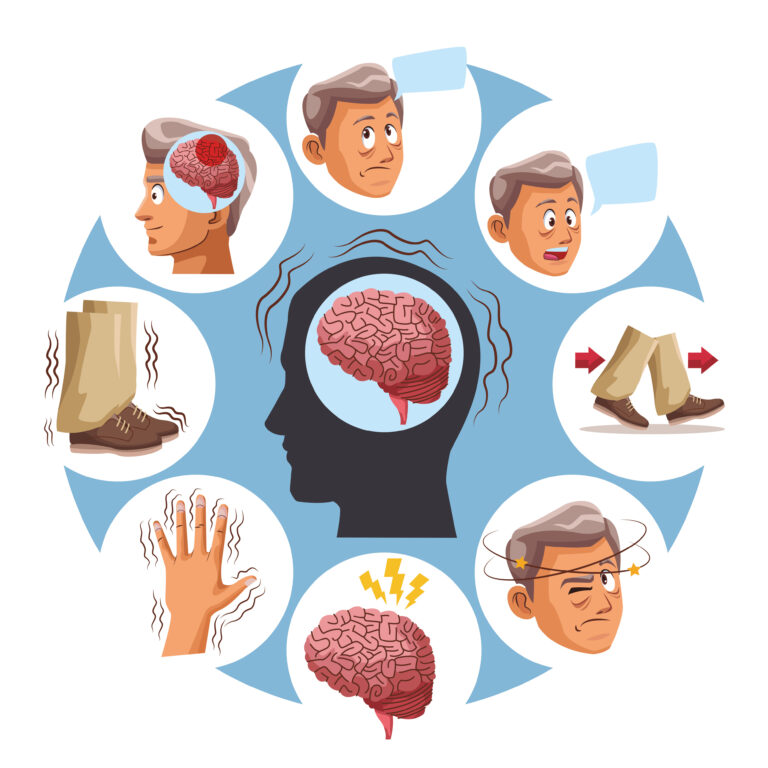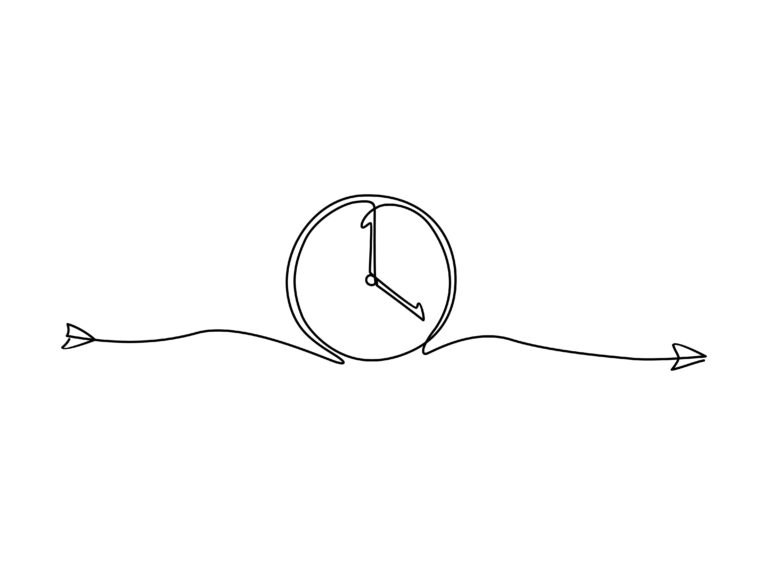**Understanding the Impact of Technology on Reducing Caregiver Isolation**
Caregivers play a vital role in the lives of their loved ones, often providing around-the-clock care and support. However, this role can be emotionally and physically demanding, leading to feelings of isolation and burnout. Fortunately, technology is increasingly being used to enhance caregiver satisfaction and reduce feelings of isolation.
### How Technology Helps
1. **Telehealth Services**: With the rise of telehealth services, caregivers can monitor patients’ health remotely. This reduces the need for frequent in-person visits, allowing caregivers to manage their workloads more efficiently. Telehealth also enables patients to receive medical advice without leaving their homes, which is especially beneficial for those with limited mobility[1][2].
2. **Wearable Devices**: Wearable devices such as heart rate monitors and blood pressure cuffs provide vital health data directly to caregivers. This real-time monitoring helps caregivers respond proactively to any concerning changes, giving them greater confidence in the care they provide and supporting independent living for seniors[1][2][5].
3. **Smart Home Technologies**: Smart home technologies automate tasks and ensure safety, reducing the need for constant supervision. Features like voice-activated medication reminders and fall detection systems help maintain a secure environment. Assistive robots can offer companionship and assistance with daily activities, enriching the lives of seniors and reducing feelings of isolation[1][2][4].
4. **Virtual Interactions**: Technology fosters social engagement and cognitive stimulation through virtual interactions and activities. Video calling platforms keep loved ones connected and informed about care plans and progress. Messaging apps enable real-time updates on a loved one’s condition and needs, ensuring everyone stays informed and coordinated[2][4].
5. **AI-Powered Devices**: AI-powered devices help manage daily activities by providing reminders for medications and facilitating communication with caregivers and family members. These devices can adapt to the user’s needs, offering tailored assistance based on individual health data. AI also assists in assessing patient data trends, enabling healthcare providers to anticipate and respond to potential health crises before they escalate[4][5].
### Benefits for Caregivers
1. **Reduced Isolation**: Technology helps caregivers stay connected with their loved ones and other caregivers, reducing feelings of isolation. Virtual interactions and video calls keep families in touch, even when they are physically apart.
2. **Improved Efficiency**: Remote monitoring tools and telehealth services streamline caregivers’ responsibilities, allowing them to manage their workloads more efficiently. This reduces the physical and emotional strain associated with caregiving.
3. **Enhanced Safety**: Smart home technologies and wearable devices ensure a safer environment for seniors. Fall detection systems and emergency alert devices provide quick responses during critical situations, giving caregivers peace of mind.
4. **Better Communication**: Effective communication tools like messaging apps and video calling platforms ensure that everyone involved in the care circle is informed and coordinated. This enhances the caregiving process by reducing misunderstandings and improving consistency in care delivery.
### Conclusion
Technology is revolutionizing home care services by enhancing caregiver satisfaction and reducing feelings of isolation. By integrating advanced technologies into daily routines, caregivers can offer better support while families feel more at ease. The use of telehealth services, wearable devices, smart home technologies, and AI-powered devices not only improves patient care but also supports the well-being of caregivers. As technology continues to evolve, it is clear that it will play an increasingly important role in modern home care services, fostering a more harmonious and efficient caregiving experience.





